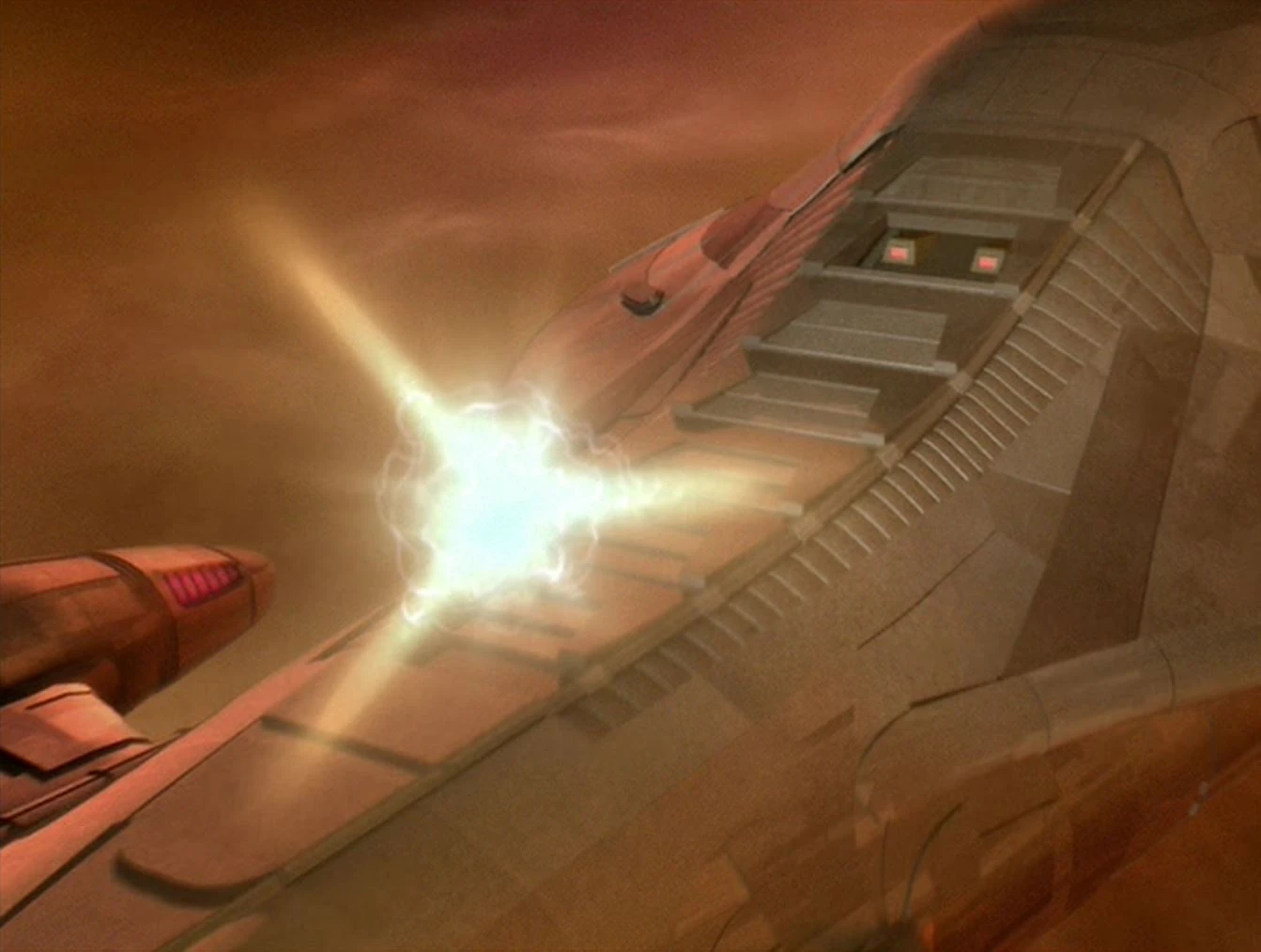Star Trek: Attack Wing is almost equal parts list building and piloting. Certainly, some would argue that the List Building part is more important than the piloting part, since a good combo will often beat a good pilot with a bad combo. I've come into some criticism in the past since I have dismissed some cards as the refuge of a poor pilot. This got me thinking about the different phases of the game.
The Late Game:
So you've survived the initial engagement. The Thaleron weapon has fired and cost you dearly but you haven't lost the game, the opponent's Voyager has fired its Transphasic Torpedoes and fluffed, Lure has been used, Feedback pulse gone and Varel has been discarded for the last time. You are now in the late game.
There are two challenges with building late game fleets, the first being that you have to build a fleet to actually get to the late game in the first place, and the second being that if you do get to the late game, you want to be in a position where what you have left is superior to what your opponent has left.

Actually getting to the late game is a bit of challenge since a lot of the cards that can help you to survive into the late game, like Varel and Feedback Pulse, are eventually going to be discarded and then their points are lost for the late game engagement.
The trick is to spend your SP on cards that are going to have an effect on the game from turn one until the end of the game. One way to do so is to stack defensive buffs - evader voyager is your friend in this case - or to hold back the bulk of your fleet and sacrifice something in order to get your opponent to discard their best tricks - in which case Kor 6 is a pretty good bet.
Ben Cheug's build for Worlds is a great example of a fleet built for the late game, since many of the discards (Quark and Cryogenic Stasis) are designed to make the fleet better at the end of the game than it was at the start.
For reference:
Resource: Officer Exchange Program (Federation/Klingon)
U.S.S. Equinox
Kor 6
Odo (Independent)
Multiadaptive Shields
Systems Upgrade
Quark: Improved Deflector Screens
I.K.S. Koraga
Kolo
Adm. Maxwell Forrest
Detonation Codes
Koss
Cryogenic Stasis: William T. Riker (Hood), Elizabeth Shelby
Kraxon
Martok (Negh'Var)
Glinn Daro
Total: 119
So, late game fleet are built to survive, to be in a better position than their opponent once they reach the late game, and to avoid discards that don't improve the fleet quality as the game goes on. I actually really like the idea of biological technology as a good late game card, but I haven't explored the uses myself.
Thanks for stopping by to read my ramblings, I'm hoping to post more often in future, also a thanks to Tucker Cobey for the write up of Worlds that gave me Ben Cheug's list.